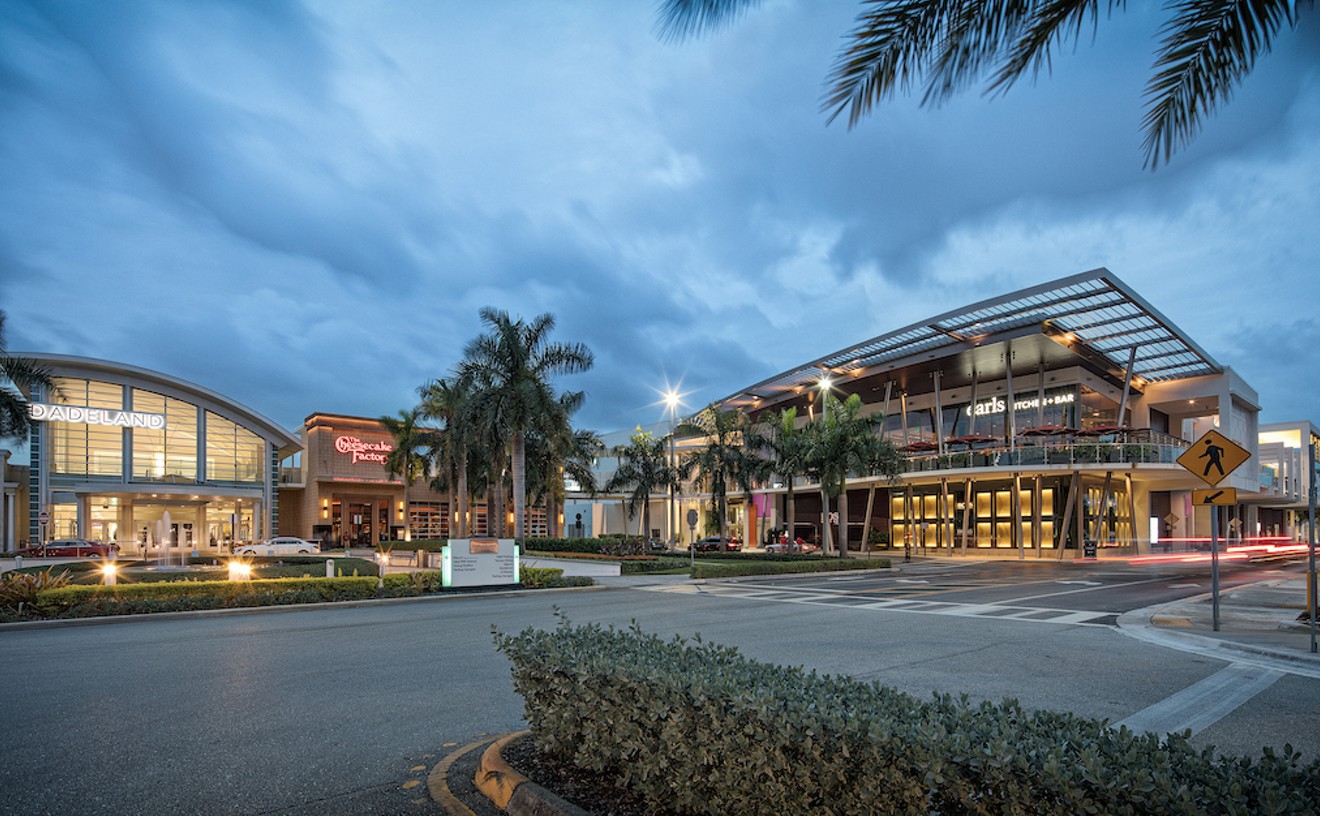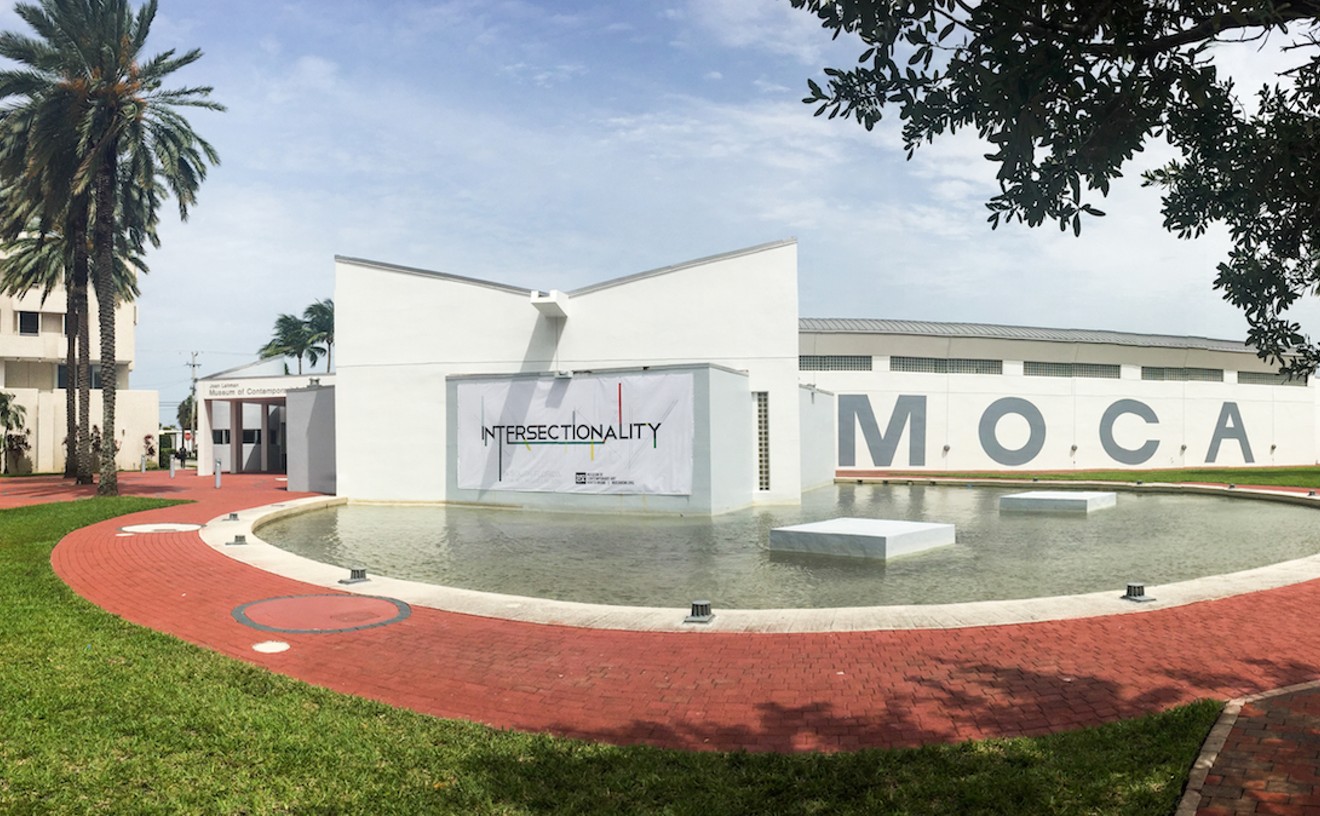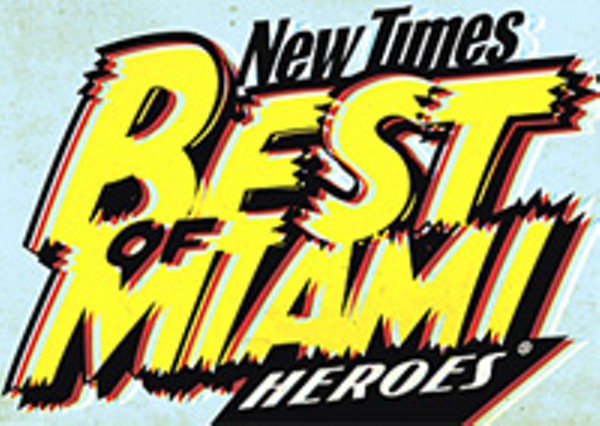Best Place for a Second Date
Laundry Bar
If you've made it to the second date, chances are you've been playing by the rules and haven't put out ... yet. Sure you've gotten all that awkward past-relationship conversation out of the way, and your good boy/girl act was Oscar-worthy, but what nowç The second date is when you really start to get to know each other. And what better place to find out about your potential mate's dirty laundry than at Laundry Bar, where you can drown your inhibitions in a cocktail and peek at your date's undies without actually having to undressç After all, you can tell a lot about someone by their drawers. Is she a G-string goddess or a granny-panty prudeç Is he a boring boxer Bob or a free-balling stallionç And most importantly, do those undies look like they've been run over by a chocolate tireç Well, even if they do, Laundry Bar is fully equipped with washers, dryers, detergents, and plenty of booze to help you forget that frightful sight. And even if you settle for just having a drink, the novelty of a laundromat/bar hybrid will provide you with something to talk about to help ease your jitters.
Best Spanish-Language Radio Personality
Yamile Machin
Perhaps you've seen this sultry vixen, her voluptuous cleavage and her boadacious curves wrapped tightly in a mini spandex police uniform, purring at you from a billboard off the Palmetto Expressway. Her gorgeous hazel eyes and flowing black mane beckon your attention away from the traffic snarl of morning rush hour. Born in Havana five days after the new year in 1973, Machín was raised in a very conservative family. Her father, Pepe Horta, was once director of the famed Cine de la Habana. Machín is one of the stars of El Traketeo, the morning show on La Kalle 98.3 FM, from 6:00 to 11:00 a.m Monday through Friday. With her cohosts Lazarito and Carlucho, she is poised to take over the Spanish-language airwaves, now that the trio's rivals, Enrique Santos and Joe Ferrero, no longer reside at competitor El Zol 95.7 FM
Best Landmark
Dadeland Mall

Dadeland Mall
Ask a Kendallite. Your average South Beach resident, Fort Lauderdalian, and foreigner have one thing in common: They don't know the sprawling suburbs of Miami. To them it's just a frightening maze of salmon-color townhouses and strip malls. If you live south of Miller Drive, you need a landmark, and it must be a place that's easily visible from South Dixie Highway. Forget Sunset Place. It's too new. Merrick Park whoç To keep things simple, just tell them you live near Dadeland Mall and you'll get that "ah" of recognition. Maybe it's because Dadeland is one of Miami's oldest malls — it began in 1962 as an outdoor shopping center. Or perhaps it's because of the place's infamous history. The La Madrina-directed machine-gun massacre in 1979 is the stuff of fish-scale legend, and was forever immortalized in the 2006 documentary Cocaine Cowboys. Even the most hip of South Beachers has probably shopped there at least once, and it's no surprise to see groups of amazed customers dragging suitcases on wheels. For Caribbean and Latin American visitors, Dadeland is the number one shopping destination in South Florida (next to Sawgrass, of course). It's probably the biggest thing in Kendall, and thanks to the Romero Britto welcome sign at Dadeland Station, the most recognizable. Try telling a foreigner that you live near the Falls. You might as well say the Corn Palace.
- 7535 N. Kendall Dr., Kendall, 33156 Map
- 305-665-6226
- simon.com/mall/dadeland-mall
Best Place to Play Dominoes
Habana Cuba Cigar Lounge

Cigar smoke clings to the air inside the Habana Cuba Cigar Lounge like two teenagers on senior prom night. The baseball game on the giant plasma screen TV set is drowned out by the din of men decked out in guayaberas and dress slacks playing bones on the two tournament tables. They munch on pastelitos and drink Cuba libres. Armando Lopez, a plump Miami Lakes retiree who cautiously nursed his rum and coke on a recent night, avoided the taunts from his pal, Marcelo Llavore, to drink more. "You just want to throw me off my game," Lopez hissed. At another table a bald Cubanazo with a bushy mustache slammed down a nine. "DOMINO!" he bellowed. His opponent gritted his teeth and clenched his right fist. The lounge's owner, Rafael Nodal — who bears a striking resemblance to actor Joe Mantegna — slyly stepped in before the fisticuffs flew. "Gentlemen, por favor, we're not in Little Havana," Nodal chastised, holding a smoldering stogie in his right hand. Last year the gregarious Cuban opened the lounge as a way to promote his line of Cuban-American cigars. Now the lounge has morphed into one of the few places men can release their testosterone-fueled competitiveness seven days a week. "We're all about creating a nice ambiance," Nodal says, "where you can enjoy a good, stiff drink and a fine cigar."
- 5348 Northwest 79th Court, Hialeah, 33015 Map
- 305-557-6147
Best Renovation
Circa 28
The beast known as Miami's nightlife scene is vicious. Clubs go as easily as they come, regardless of how long they've been around or who promotes them. There's rarely mercy for dying clubs, so it's refreshing when an old favorite is injected with new life. The former Slak Lounge (and before that, Two Last Shoes) was a well-known destination for indie and underground music — the beloved, now-eight-years-running Revolver party was once held there. The venue has now been resuscitated as Circa28. Owner Lynda Hernandez refurbished the space after it had been closed for about two years. "When we got the building, it was a disaster, one step from being condemned," says Zeke Hernandez, Lynda's husband. "We cleaned it up, we gave it the love it needed and deserved, and we tried to appeal to the sensibilities of the art community." Inside, the split-level club is immaculate and decked out with chic decor from bar top to light fixtures. The first floor is warm and inviting, with a bookshelf on one wall and comfy couches against another. The second level is a spacious room where partygoers dance. After the place reopened in December 2006 imbibers quickly began packing the club for its weekly parties. Best of all, there's a smoke filter on both floors to prevent cigarette stink from hiding in your hair.
- 3900 Collins Ave., Miami Beach, 33140 Map
- 305-538-4900
- circa39.com
Best VideoGame Center
Scorpico

Despite being tucked into a nondescript second-floor corner of the godforsaken Shops at Sunset Place, Scorpico Gaming Center has a homey atmosphere for a room stuffed with computers. Owners and gaming buffs Cesar and Dany Feghali founded the company seven years ago with the idea of re-creating the good old days, when they threw all-night LAN parties in friends' garages. With 100 computers and game consoles, Scorpico brings that dream alive — especially on Friday afternoons and weekends, when the place is packed with gamers. Most of the crowd is made up of high schoolers, but younger and older players can feel at home here and find someone with whom to share the burden of hours of gaming. Rates are reasonable — $4 an hour for computer games and $6 an hour on Xbox or PlayStation. With plenty of computers and game consoles, reasonable rates, and opportunities for team play and local tournaments, Scorpico is the sociable gamer's home away from home.
- 5701 Sunset Dr., South Miami, 33143 Map
- 305-669-4577
- www.scorpico.com
Best Artist
Wendy Wischer
Weaving an Ariadne's thread between nature and technology, Wendy Wischer's luminous and thought-provoking sculptures and installations explore how a single set of principles governs the universe. In Night Air, her poetically evocative solo show at the David Castillo Gallery last November, she transformed the space into a magical, twinkling, twilight garden, as if spinning a dreamscape from a tale out of 1001 Arabian Nights. She forested the gallery with a spectacular metal tree, lushly curtained with mirrored leaves, which was suspended from the ceiling and refracted a beautiful web of light across the entrance of the space. The gallery was also bathed in the prism of light glinting off Swarovski crystal-encased stones arranged throughout the floor and from the blaze of rainbow-hued, illuminated wire flowers blooming from a wall. In the project room spectators stood transfixed by Wischer's dazzling light and marble pieces, which hinted at swirling constellations of stars. The artist, who has been teaching sculpture at the New World School of the Arts for more than a decade, has also nurtured scores of promising locals including Bhakti Baxter, Natalia Benedetti, and Jiae Hwang. Wischer, who is among South Florida's hardest-working artists, recently saw her efforts ring up triple cherries on the slots. She has been awarded a prestigious Pollock-Krasner Foundation Grant to fund her work in the coming year.
Best City Mural
Adam and Eve
Call Miami the Mural City. From the charming collaborative We're in the Same Boat — created in 2001 by senior citizens of Haitian and Cuban descent, with help from Coral Park Senior High students serving as translators, and from artist Xavier Cortada — in Coconut Grove, to the realistic and powerful Martin Luther King Jr. in Liberty City, to many others, this place lacks not for walls of art. The beauty on an office building on the west side of Biscayne Boulevard at NE 37th Street is lesser known but no less compelling: Adam and Eve shows an Africanized male and female painted in the style of paleolithic fertility figures with large hips, curvey torsos, and small heads. Created by highly regarded local urban artist Daniel Fila, a 26-year-old who's better known as Krave, this work replaced his 2003 Erin, also known as "Booty" or "The Big Butt." Erin featured a rear view and struck a chord during Art Basel 2003. Some criminal painted over it, so Krave came up with the frontal view of a couple in its place. New Times reported last year that the woman whose image inspired both Erin and Adam and Eve was upset by the art, accusing Fila of appropriating her own work and of oversexualizing it. (The two went to art college together in Ohio, where, apparently, no one mentioned that paleolithic fertility figures tend to have a sexual aspect.) The upper left and lower right corners of the wall are adorned with colorful cascading psychedelic abstractions that perfectly center and spotlight the dynamic duo. As with the best of Impressionism, the work is striking both at a distance and up close, the latter view revealing the piece's stunning intricacy and precision. In fact the whole area is artsy — beneath I-195, a wall is painted with black and brown "foliage" (a 2004 rendering by Saá) and even the pillars of the underpass feature large brown and black dots. This is the way to make (fine) art in a public place.
Best Art Museum
Museum of Contemporary Art

Courtesy of the Museum of Contemporary Art
Jazz grooves on the lawn; flashing neon lights; donkeys fashioned from recycled shredded cloth; a puppetmaster's beguiling vision of an underwater kingdom; and a historic exhibit showcasing Merce Cunningham's collaborations with contemporary visual artists, celebrating the dance legend's first visit to South Florida. These are among the many reasons people were enticed to join MoCA's rollicking year-long tenth anniversary bash. Christian Holstad's first U.S. museum solo-show at MoCA's Wynwood annex (404 NW 26th St., Miami), featuring donkey sculptures based on nativity scenes and a snazzy jukebox, was a blast. Pablo Cano's City Beneath the Sea, a whimsical theatrical production of marionettes created from found objects and discarded debris, also featured a cast of dancers and live music to tell the tale of a young girl's magical quest to save her undersea world. Cano's holiday favorite brought the curtain down with a bang. "Elusive Signs: Bruce Nauman Works With Light" showcased the neon sign and fluorescent light installations of one of America's most influential living artists and was among the season's big box office draws. "Merce Cunningham: Dancing on the Cutting Edge Part I" presented actual sets and installations created for the avant hoofer's performances by some of the art world's top talent since 1998. The second part of the exhibit is currently on view at MoCA at the Goldman Warehouse in Wynwood, and spotlights the sets and costumes designed by Miami's Daniel Arsham for Cunningham's recent show here. MoCA complemented its season with a series of popular free outdoor jazz concerts on the last Friday of every month, along with provocative outreach programming, combining educational activities geared for kids with art talks and film screenings that consistently drew crowds. A recently announced $18 million expansion will triple the museum's exhibition space, elevating MoCA's already stellar reputation in the years to come.
- 770 NE 125th St., North Miami, 33161 Map
- 305-893-6211
- mocanomi.org
Best Room With A View
Plaza Venetia Condo Building

We can all appreciate a balcony that looks out over Miami's stunningly colorful skyline and the aqua-blue waters that surround our great city. But residents of the Venetia condo building located at the western end of the Venetian Causeway have us all beat. Those who reside in upper-level units with a balcony that faces north toward the swanky Biscayne Bay Marriott Hotel settle into their patio chairs once every month or so and let out a sigh of exaltation at the views afforded to them by the group of swingers who routinely rent out the hotel's top floor for a party. They disrobe, en masse, and spend the evening satiating every last one of their debauched desires. Naturally, as any good swinger would, they leave the blinds open. Now that's a view worthy of a postcard.
- 555 NE 15th St., Miami, 33132 Map
- 305-373-5900
- www.venetiacondo.org





